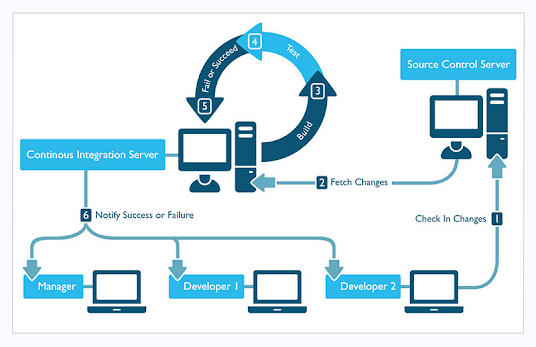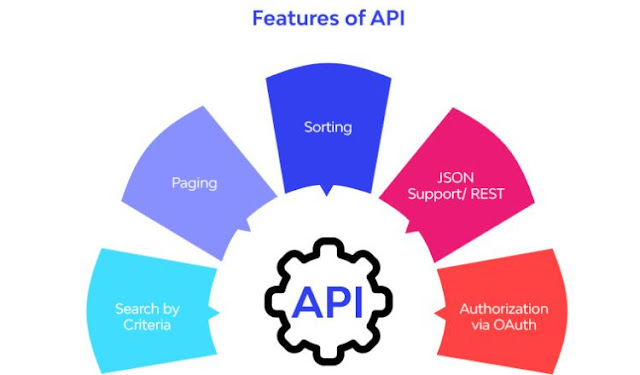Streamlining DevOps Workflows: A Guide to Automation Best
In the realm of software development and IT operations, DevOps has emerged as a crucial approach to enhance collaboration, efficiency, and productivity. Central to the DevOps methodology is the concept of automation, which plays a pivotal role in streamlining workflows and accelerating the delivery of high-quality software. This article aims to provide a comprehensive guide to automation best practices in DevOps, focusing on technical details and practical insights to help organizations optimize their processes. Understanding DevOps Automation The Role of Automation in DevOps DevOps automation entails the use of technology to perform tasks with minimal human intervention, thereby reducing errors, accelerating delivery, and improving overall efficiency. Automation in DevOps encompasses a wide array of processes, including but not limited to, infrastructure provisioning, code deployment, testing, and monitoring. Benefits of Automation in DevOps Enhanced Efficiency: Automation eliminates



